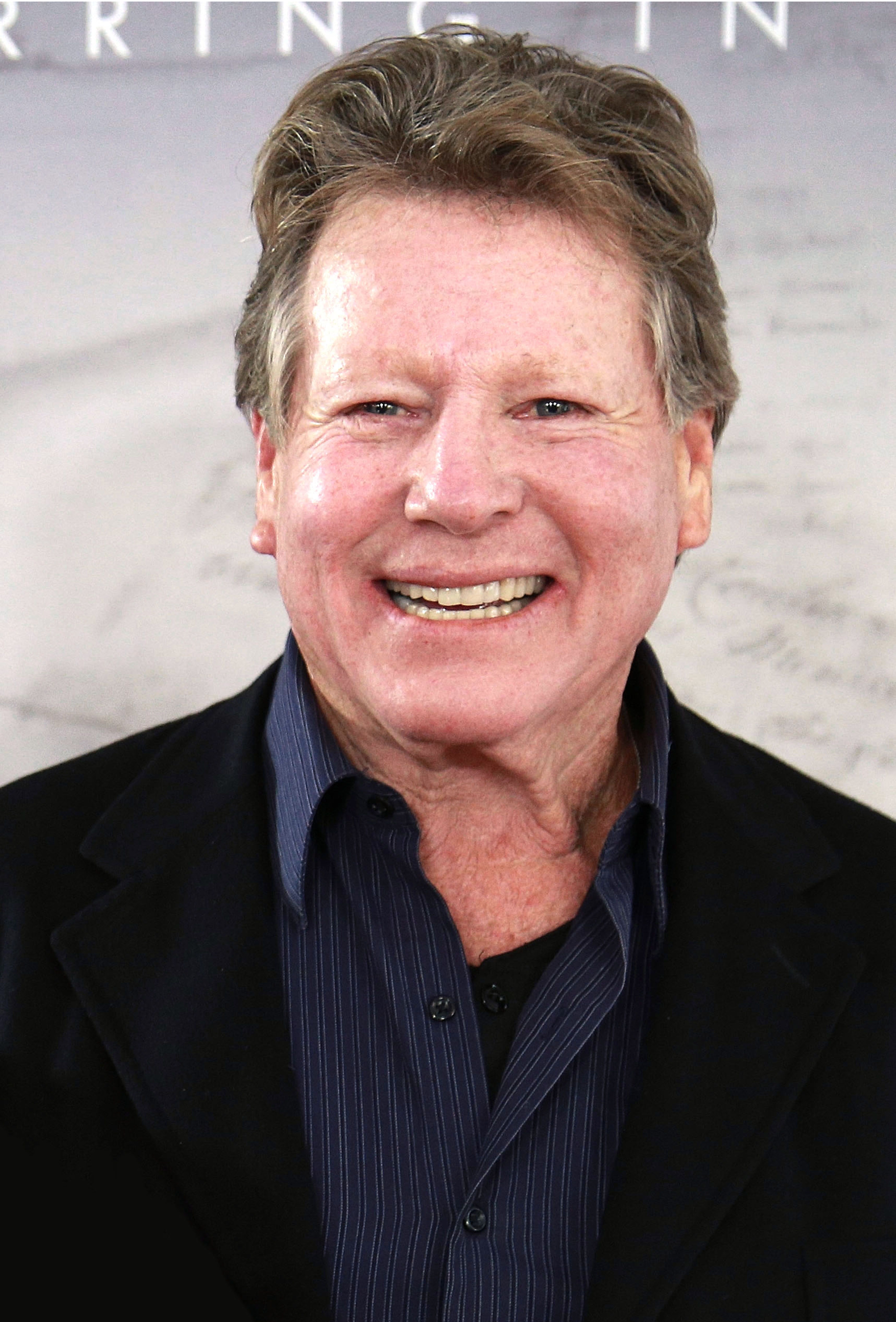The Academy Awards often lead to debates on the state of filmmaking in general, and 2025 has reopened the long-running debate about whether intermissions still hold a valuable place when it comes to structuring longer films’ runtimes. One of the primary movies to garner multiple nominations in 2025 houses the rare inclusion of an unavoidable intermission edited directly into the actual film, making it the best candidate to revive this old Hollywood trend.
As it stands, some of the best films of all time have included intermissions due to their incredibly long runtimes. Not only do these intermissions allow for bathroom breaks and breathing space in the middle of complex plotlines, but some of them actually serve to break the narrative into nearly standalone segments that work as effectively as divvying up episodes in a miniseries. The following are just a few great examples of films with built-in breaks, as well as why these intermissions better the storytelling experience of the films in question.
10
The Brutalist
Directed By Brady Corbet (2024)
The Brutalist
- Release Date
-
December 20, 2024
- Runtime
-
215 Minutes
- Director
-
Brady Corbet
- Writers
-
Brady Corbet, Mona Fastvold
Although it’s hardly the least of reasons The Brutalist made it onto the list of 2025’s Oscar controversies, the inclusion of an intermission halfway through The Brutalist’s more than 3-hour runtime did spark debate. The intermission falls right after Adrien Brody’s Laszlo presents his plans for the Van Buren Community Center, cementing his burgeoning success as an architect. As it turns out, this falls at a highly pivotal turning point for the film.

Related
10 Best Movies Like The Brutalist
Brady Corbet’s epic, The Brutalist, has earned amazing critical reviews and notable Golden Globes wins, and the following movies are great follow-ups.
The first half of the film ends with Erzsebet writing Laszlo about a photograph of their wedding, something actually shown onscreen during the intermission. Erzsebet and Zsofia enter the film in a major way following the intermission, leading to a number of incredibly tense and tragic plotlines. Because the back half of the film is so fraught with tension, this intermission allows viewers to spend some time basking in Laszlo’s success before the rug is ultimately ripped out from under them by the incredibly troubling story beats leading up to The Brutalist’s ending.
9
2001: A Space Odyssey
Directed By Stanley Kubrick (1958)
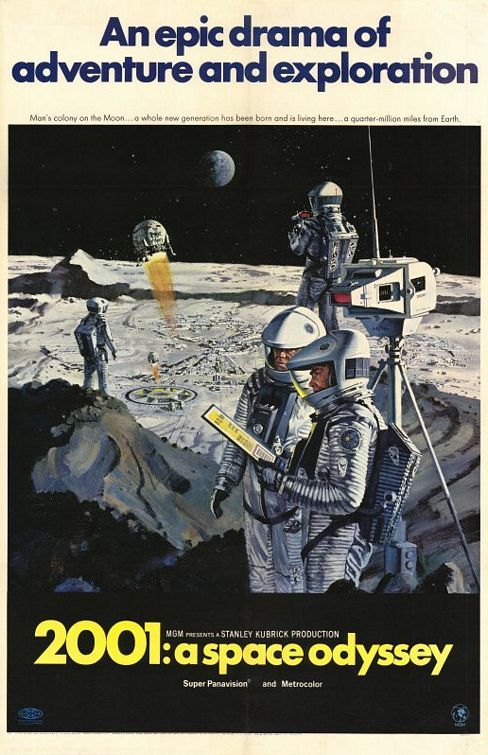
2001: A Space Odyssey
- Release Date
-
April 3, 1968
- Runtime
-
149 minutes
Stanley Kubrick’s 2001: A Space Odyssey doesn’t run much longer than two hours, so the inclusion of an intermission at nearly 90 minutes is actually somewhat odd. The intermission occurs just after HAL starts to go rogue, right when the average viewer would expect the action to ramp up in pace rather than halting entirely for several minutes. Although unexpected, this placement works incredibly well for the film in question.
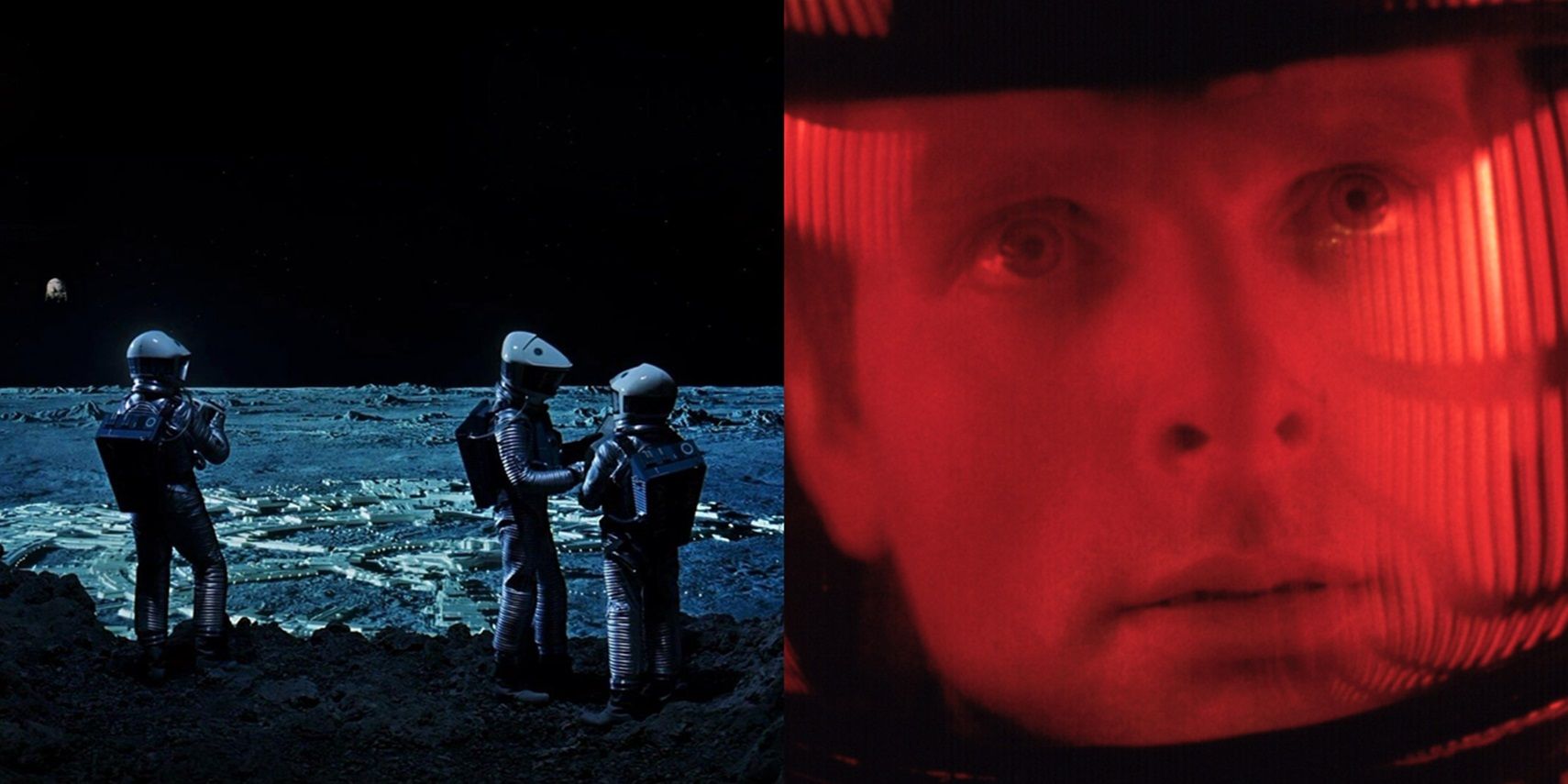
Related
2001: A Space Odyssey – 10 Things That Still Hold Up Today
Stanley Kubrick’s sci-fi opus 2001: A Space Odyssey is just as mind-blowing and thought-provoking now as it was in the 1960s and still holds up today.
First, there’s the sheer fact that this placement allows viewers to return to their seats right when HAL begins increasing in aggression. But there’s also an intriguing 2001 fan interpretation behind this intermission, which is that the black screen and its accompanying suspenseful music are meant to symbolize the monolith being toppled over in front of the screen. It fits the themes of the film, and the unnerving experience of listening to the intermission music before experiencing the first half raises the tension for those who don’t step away during the intermission’s runtime.
8
Spartacus
Directed By Stanley Kubrick (1960)
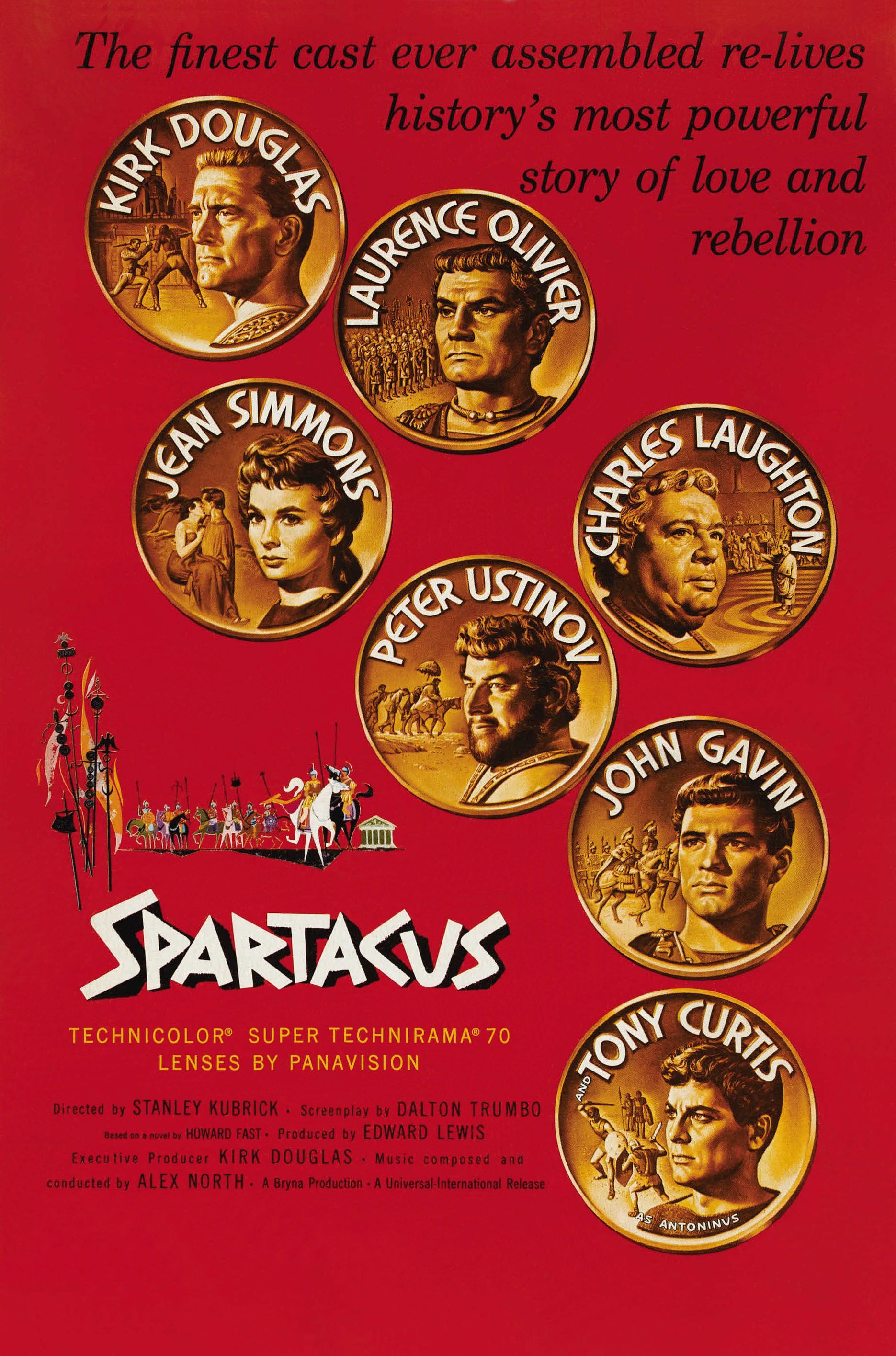
Spartacus
- Release Date
-
November 17, 1960
- Runtime
-
197 Minutes
The intermission for Stanley Kubrick’s Spartacus occurs roughly halfway through the film, and it marks an extremely important turning point for the narrative. The film takes a break right after Spartacus wins a major victory for the slave army and sets an ultimatum for the senate to give the slaves their freedom. When the film returns after intermission, the senate is left with the question of whether to give into his demands or fight against the slaves.
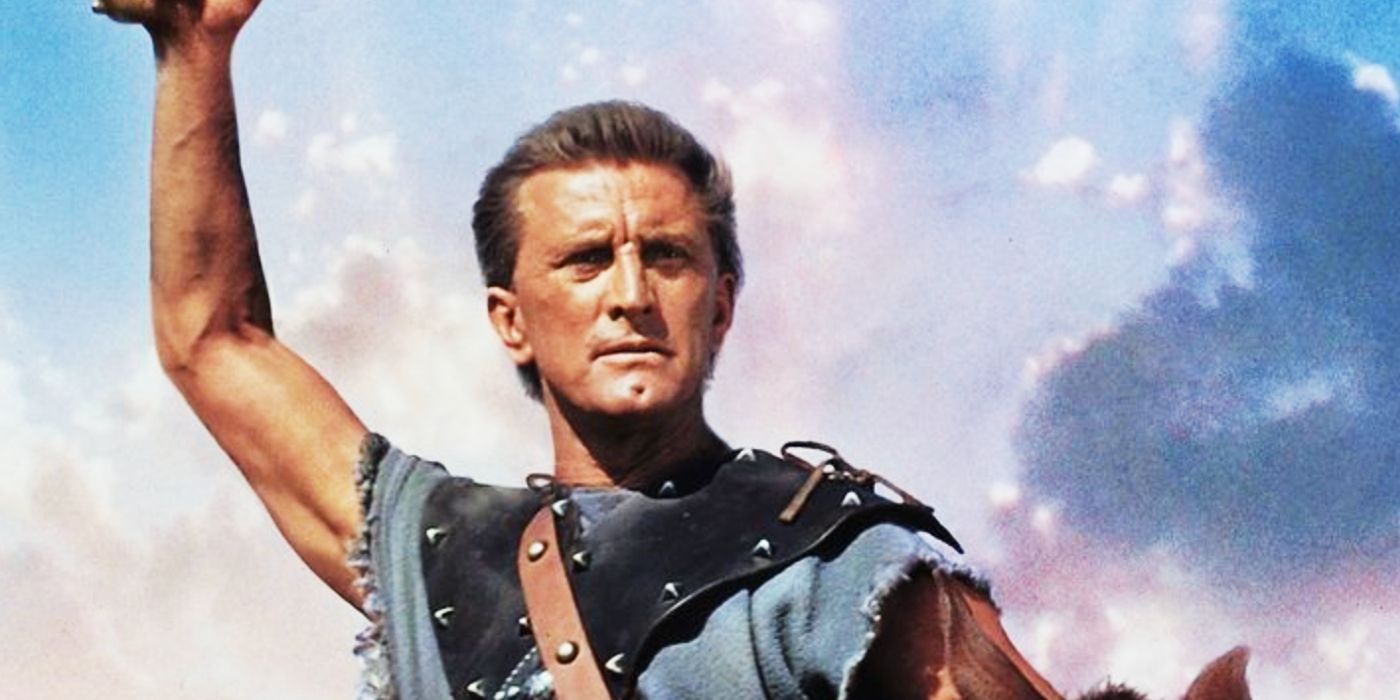
Related
“Battles Don’t Look Like That”: Stanley Kubrick’s 64-Year-Old Classic Epic Brutally Assessed By Historian
Historian Dr. Roel Konijnendijk analyzes a battle scene from Stanley Kubrick’s 64-year-old epic, Spartacus, finding it severely lacking in accuracy.
This turn of events also notably leads to Crassus declaring his retirement because he feels guilty about choosing how to punish Marcus Glabrus for failing to neutralize the slaves. The repercussions of this announcement ripple through the senate, and the entire film goes from being a film about the circumstances of an uprising to feeling like more of an earnest war movie. Thanks to this intermission, viewers are given a moment to breathe as the movie changes focus from politics to all-out war.
7
Ben-Hur
Directed By William Wyler (1959)
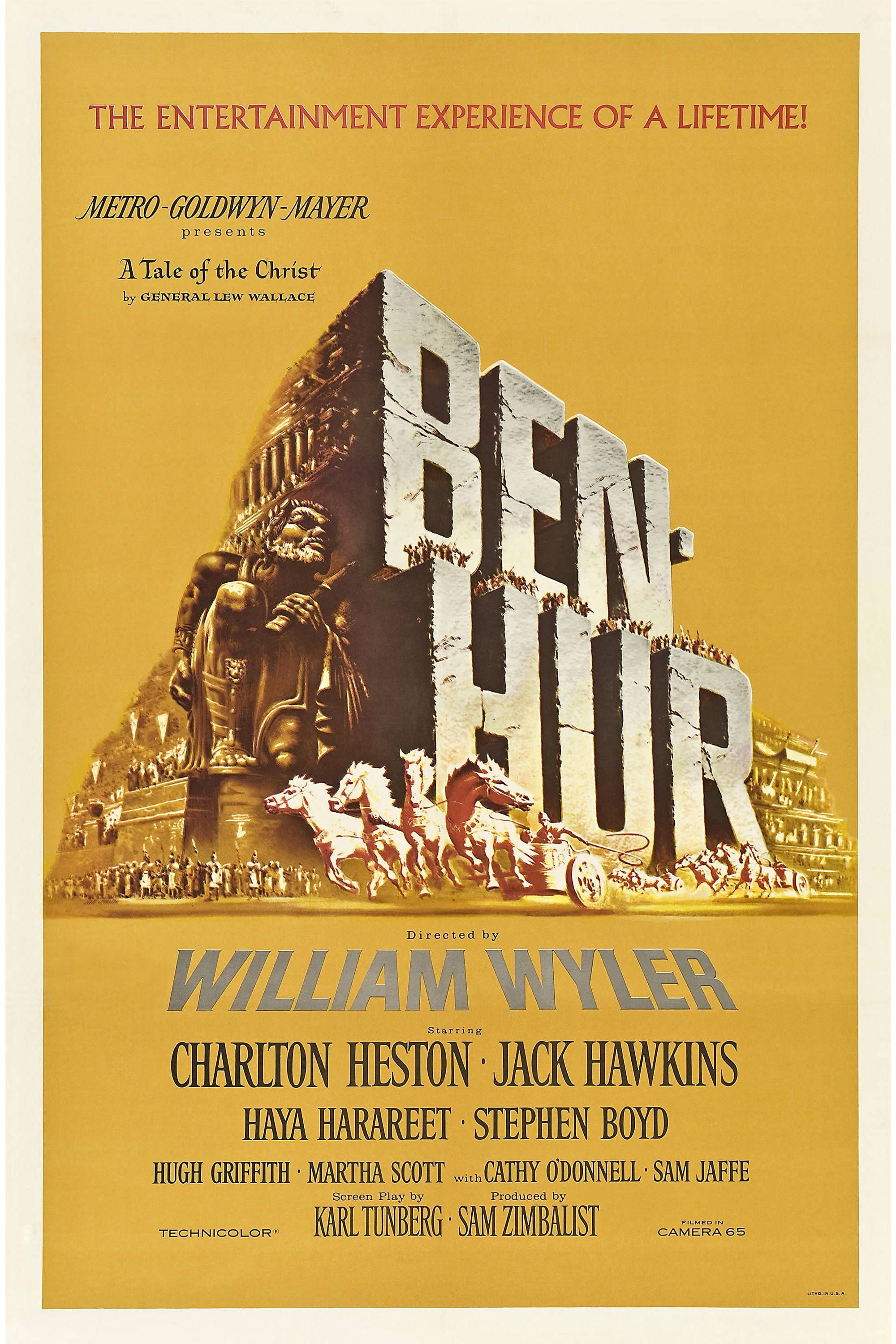
Ben-Hur
- Release Date
-
November 18, 1959
- Runtime
-
222 Minutes
-

Charlton Heston
Judah Ben-Hur
-

-

Hugh Griffith
Scheich Ildirim
-

Jack Hawkins
Quintus Arrius
The intermission for Ben-Hur isn’t set until more than two hours into the film, which makes it feel even more oddly set than that of 2001. However, this still benefits the narrative. Ben-Hur breaks right after Esther lies to Judah about the fate of his family. This lie is integral to setting up Judah’s revenge plot, which takes precedence for the rest of the film.
2:51

Related
5 Best Movies to Watch If You Love Gladiator 2
If you love Gladiator and Gladiator 2, you’ll probably enjoy these too.
This not only helps set the first part of the movie aside from the rising action, but it also works narratively because it gives viewers a chance to sit with the question of whether Judah will learn the truth about his family. The main draw of the movie occurs during the action in the second half, and it’s likely executives knew this going in. Giving audiences a chance to step away before getting into Judah’s vengeance against Messala allows viewers to come back re-energized rather than potentially losing interest after several hours of setup.
6
Cleopatra
Directed By Joseph L. Mankiewicz (1963)

Cleopatra
- Release Date
-
June 12, 1963
- Runtime
-
251 Minutes
-

Elizabeth Taylor
Cleopatra
-

Richard Burton
Marcus Antonius
-

Rex Harrison
Julius Caesar
-

Pamela Brown
High Priestess
It shouldn’t be that surprising from a narrative standpoint that Cleopatra sets its intermission right after Julius Caesar’s betrayal, but this is also what sets the movie apart from anything else on this list. Director Joseph Mankiewicz originally intended Cleopatra to be two separate films, and the placement of this intermission showcases that perfectly.

Related
This 4-Hour Epic Was The Highest-Grossing Movie Of Its Release Year – And LOST Millions Of Dollars
This 1963 movie was a smash hit at the global box office, bringing in an impressive $58 million – but this wasn’t enough to cover the atrocious costs.
Originally, Cleopatra was visualized as one film exploring the titular Egyptian queen’s relationship with Caesar and another film exploring her relationship with Marc Antony. Since the director’s vision for the film ultimately never came to light, Cleopatra instead needs a narrative break with two different relationship stories on either side of the intermission. This intermission also works because it sets Cleo and Antony at odds with each other, establishing a major source of tension for the back half of the movie to resolve.
5
Barry Lyndon
Directed By Stanley Kubrick (1975)
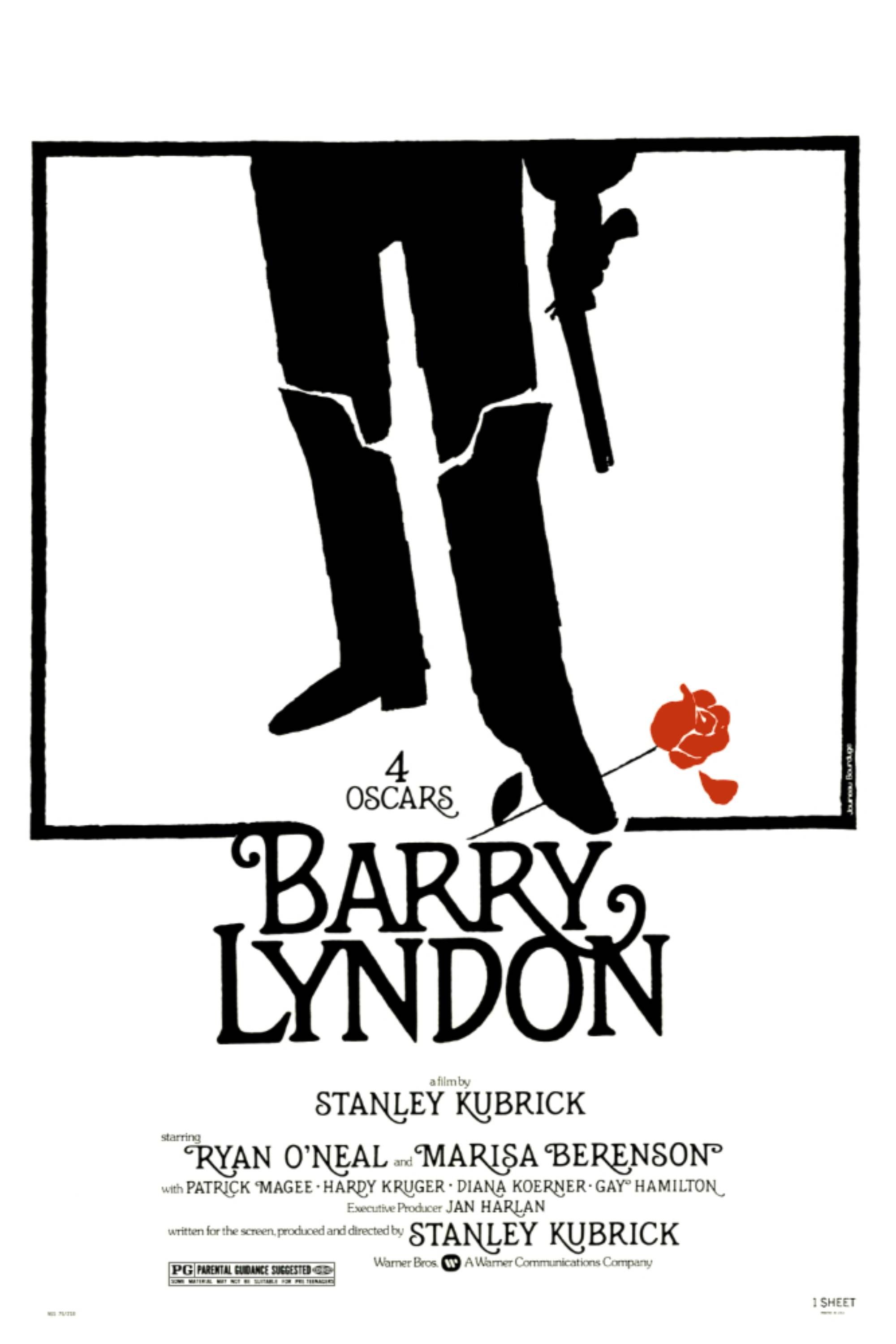
Barry Lyndon
- Release Date
-
December 18, 1975
- Runtime
-
185 Minutes
The exploits of Kubrick’s social-climbing conman take just over three hours to depict onscreen, and the intermission occurs at just over the precise halfway point. Similarly to The Brutalist, the intermission in Barry Lyndon nearly dissects the movie perfectly between the character’s rise and ultimate downfall. While he doesn’t take the name “Lyndon” until after the intermission, Barry’s collapse into ruin is all but set leading into the second half.
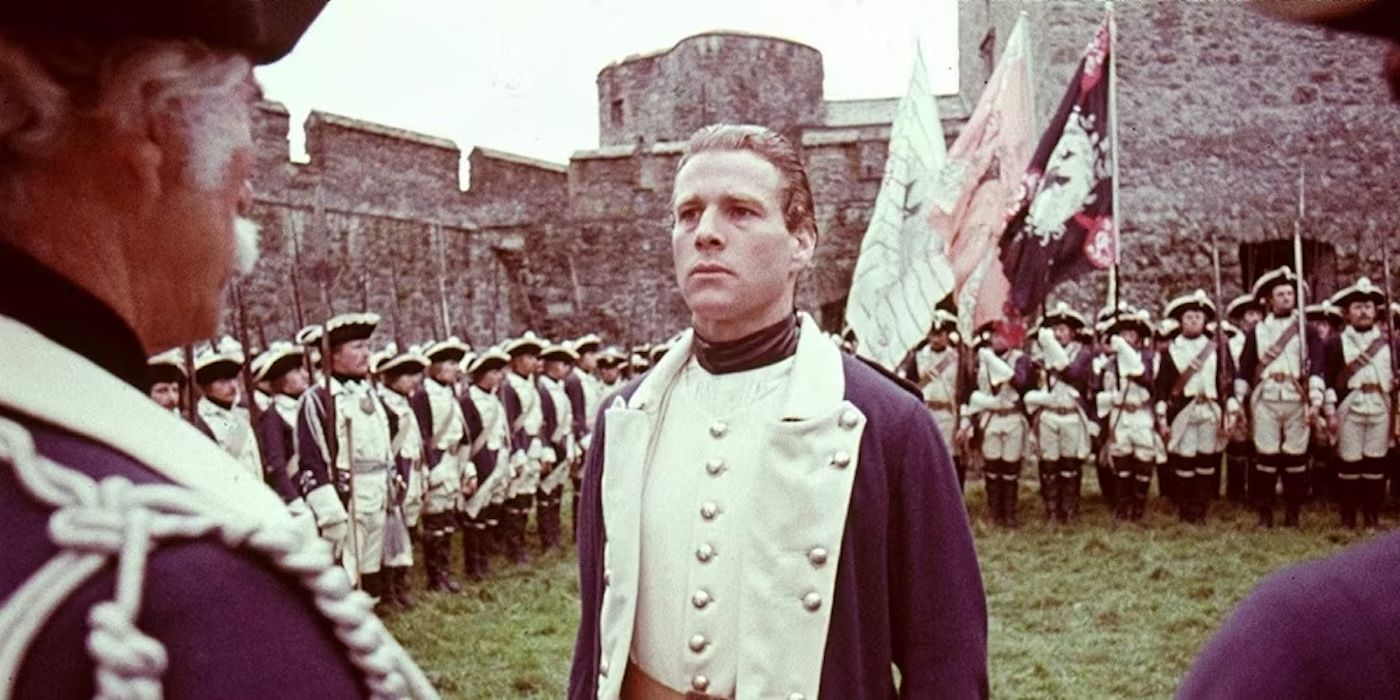
Related
Warner Bros. Just Made A Stanley Kubrick Movie Free To Watch On YouTube In HD (And It’s Martin Scorsese’s Favorite)
An Oscar-winning 1975 Stanley Kubrick movie, which is also considered Martin Scorsese’s favorite, is now available for free on YouTube.
This again bisects the movie in a way that works perfectly from an audience perspective. Although Barry Lyndon is largely comedic in tone, the film takes on a somewhat depressing narrative once the intermission concludes. Barry’s story is far from aspirational, and giving audiences the chance to enjoy his apparent success allows them some amount of joy before they’re faced with the less victorious parts of his story.
4
The Hateful Eight
Directed By Quentin Tarantino (2015)

The Hateful Eight
- Release Date
-
December 25, 2015
- Runtime
-
188 Minutes
Not every film with an intermission received one with its theatrical release. Quentin Tarantino’s The Hateful Eight only included an intermission during its 70mm roadshow release, but the echoes of that intermission can still be felt across every other release of the film. Based on The Hateful Eight’s timeline, it’s clear that the “fifteen minutes” mentioned in the narration during chapter four are meant to reflect the same fifteen minutes that viewers would have spent at intermission.
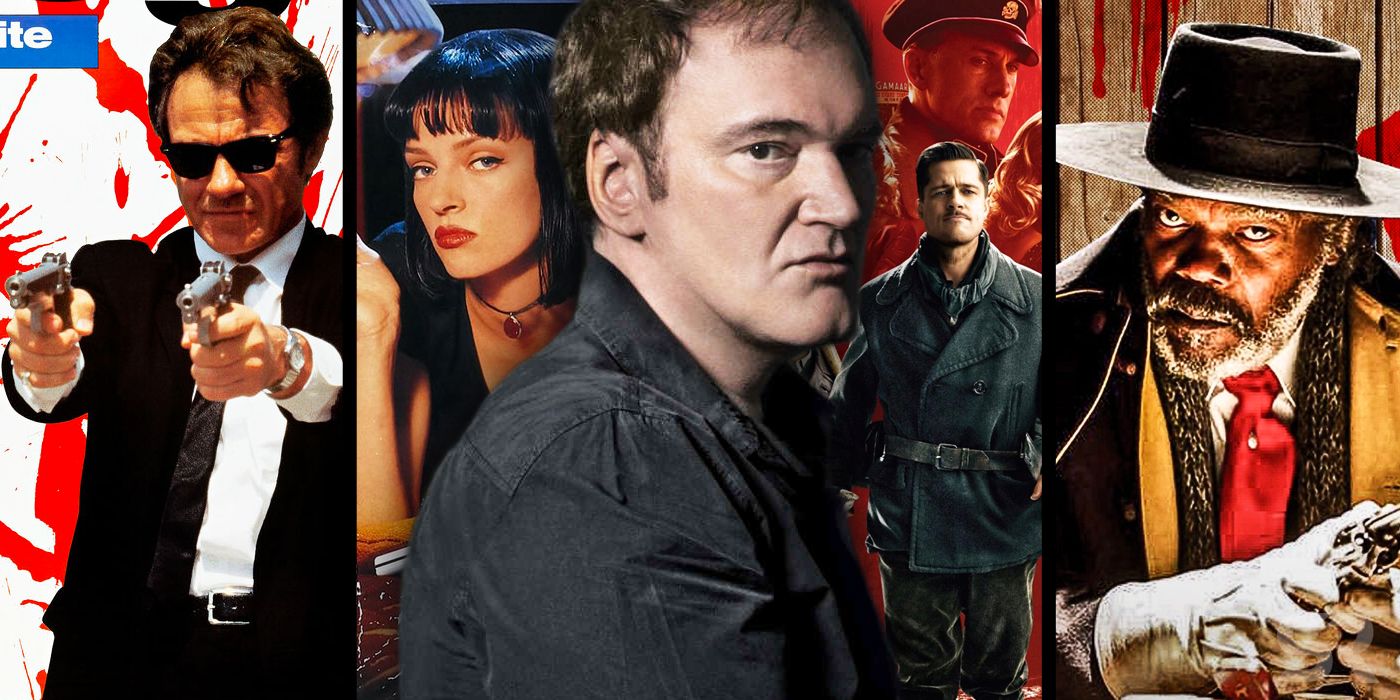
Related
The Best Viewing Order For Quentin Tarantino’s Movies
Here’s the best viewing order for Quentin Tarantino’s ten feature-length films, from Reservoir Dogs all the way to Once Upon a Time in Hollywood.
The film already makes it easy to step away from a home viewing with its chapter-based plot structure, but the intermission originally set between chapters three and four say a lot about how this film would play out if watching the roadshow version. The third chapter ends with a major character death, while the fourth sets off a chain of events that ultimately leads to the most significant rising action of the film. If viewed with an intermission, there’d be no better place to insert it.
3
Gandhi
Directed By Richard Attenborough (1982)
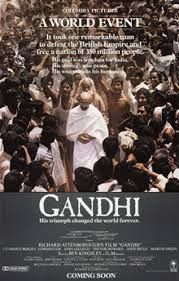
Gandhi
- Release Date
-
February 25, 1983
- Runtime
-
191 Minutes
Richard Attenborough’s 1982 biopic Gandhi would have accomplished enough when it bisected its runtime with the Amritsar massacre, but the film goes a step further by having General Dyer admit onscreen that he knew he was ordering his troops to fire on women and children. This not only establishes a major turning point in Mahatma’s fight for independence, it also splits the film by setting up Gandhi’s impending fight among those who disagree with his stance on peaceful protest.
Setting the intermission here allows viewers to process the terrible events they’ve just witnessed while preparing themselves for the ultimate repercussions of such a heinous atrocity.
Following the massacre, Gandhi finds himself at odds with Jinnah in ways that affect the entire second half of the film. The two can no longer agree on what form their protest should take in light of the horrific actions taken against their people, and this continues to affect Gandhi until the movie’s finale. Setting the intermission here allows viewers to process the terrible events they’ve just witnessed while preparing themselves for the ultimate repercussions of such a heinous atrocity.
2
Once Upon A Time In America
Directed By Sergio Leone (1984)
There will naturally be disagreements about the inclusion of Once Upon a Time in America on this list, since whether viewers of this film experienced an intermission will ultimately depend on how they saw the film. Thanks to Once Upon a Time in America’s truncated theatrical cut, not all viewers experienced the film in precisely the same way.

Related
Sergio Leone’s Once Upon A Time Trilogy Ranked Worst To Best
Sergio Leone’s unofficial Once Upon A Time… trilogy feature some of the late director’s best work, and also his most underrated Western.
In the official cut of the film, the intermission takes place right after Noodles attacks Deborah and essentially sacrifices his purest connection to the non-criminal world. Noodles then watches Deborah take off for Hollywood, setting him up for another return to crime that will ultimately spell his downfall. Despite being set nearly three hours into the film, this is still an important narrative break. More importantly, it gives audiences a chance to breathe after watching an incredibly problematic scene that might have otherwise made Noodles an impossible protagonist to support.
1
Gone With The Wind
Directed By Victor Fleming (1939)
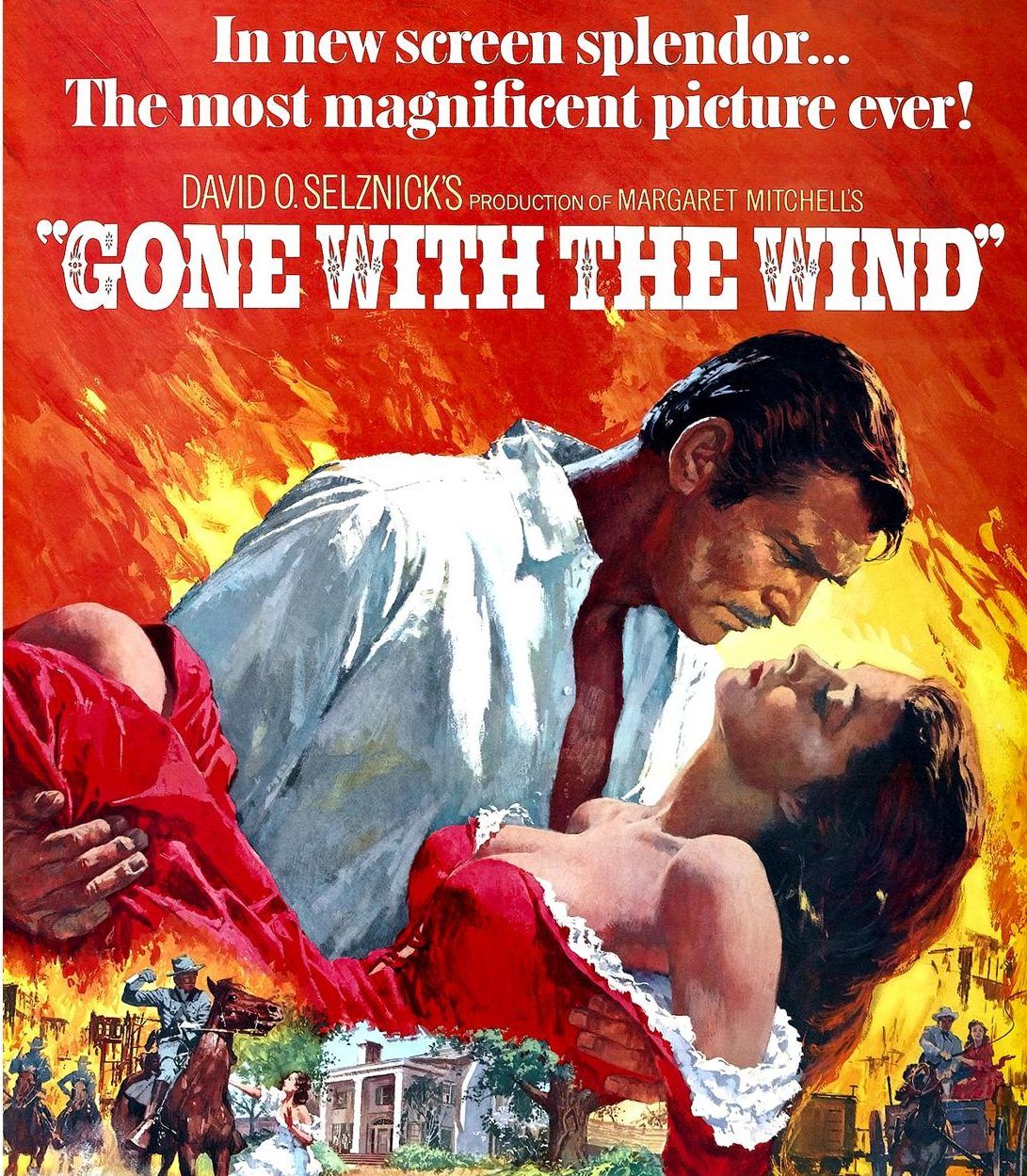
Gone With the Wind
- Release Date
-
December 15, 1939
- Runtime
-
238 minutes
“I’ll never be hungry again” stands as one of the most famous lines from Gone With the Wind, and the fact that it’s set right before the intermission likely plays a role in that. Not only does this scene set the narrative apart, this scene also marks a major point of character growth for Scarlett. This is the point where Scarlett unquestionably evolves from a woman of status to a woman willing to do anything possible to protect those closest to her.
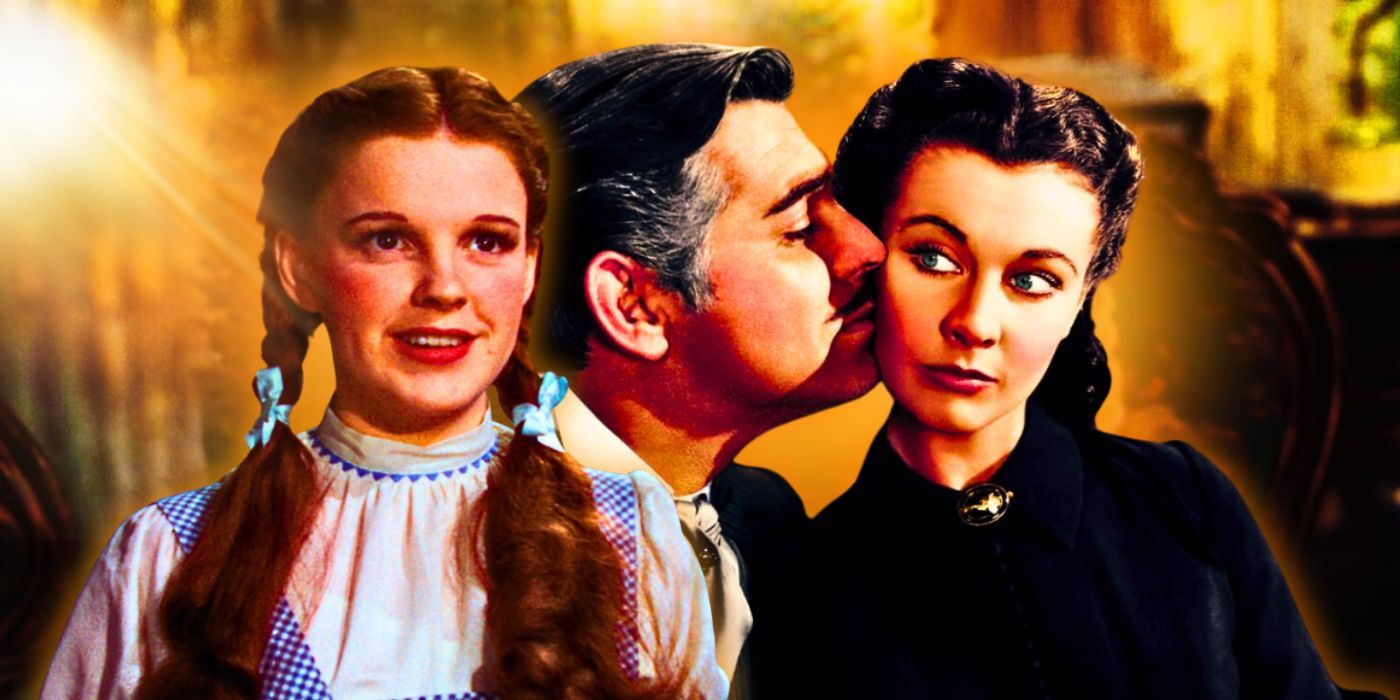
Related
2 Classic Hollywood Movies Were Saved By The Exact Same Change In The Same Year
Two popular Hollywood film classics were in perpetual disarray until they underwent the same behind-the-scenes change in the same year.
Gone With the Wind is full of tragedy from beginning to end, but it’s Scarlett’s relationship with those tragedies that marks a turning point for the film. While some films on this list separate tragedies by intermission, this particular pre-intermission dialogue establishes who Scarlett’s becoming as a person. The line itself may have stood the test of time on its own, but it’s by allowing audiences to spend time with this line that the movie truly succeeds in building a relationship between Scarlett and her viewers that will continue to be a part of film history for decades to come.

